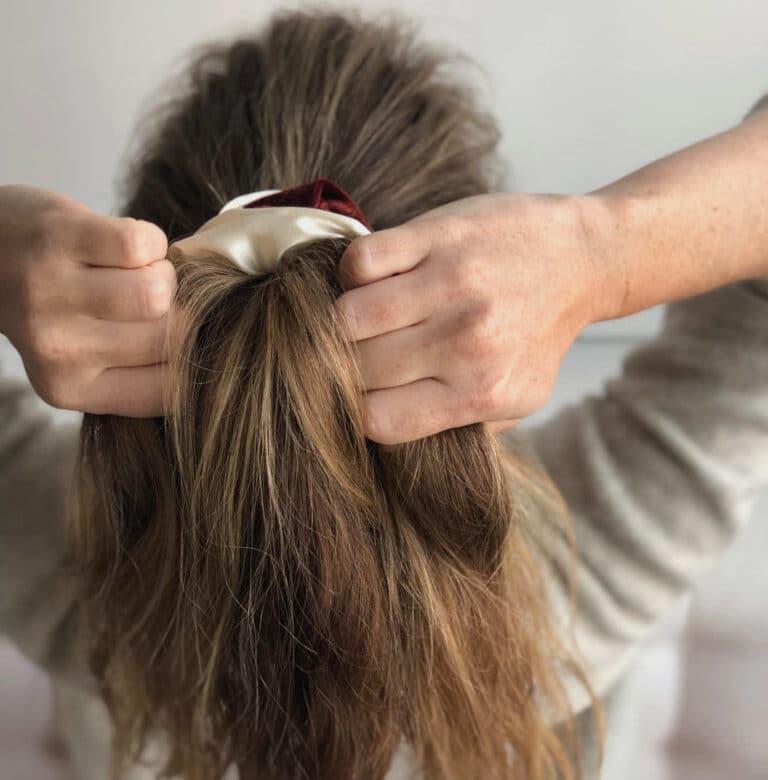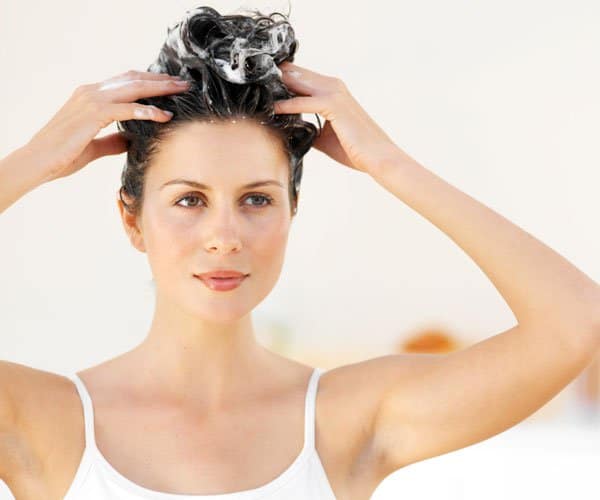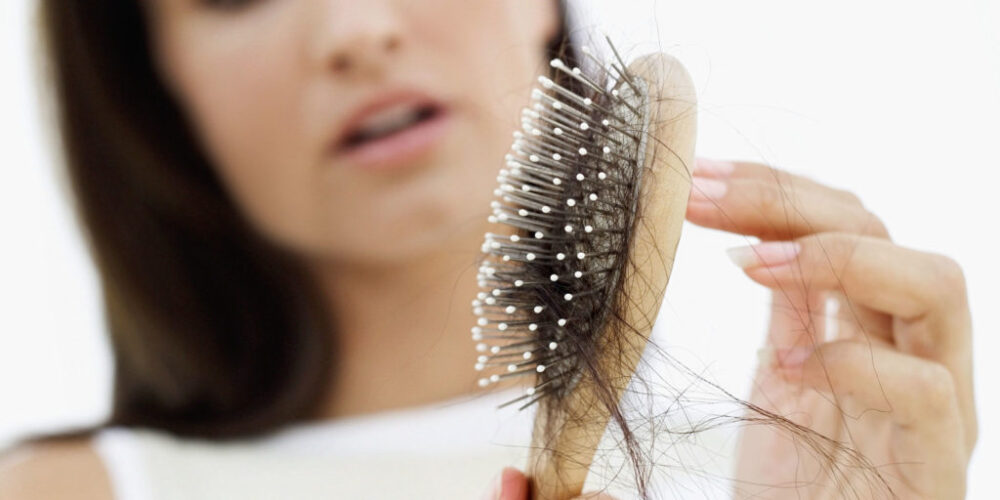Scalp massage
It can also thicken hair, and only 4 minutes of scalp massage each day is needed to activate hair production, according to one study.
The study also found that the massage slowed down the genes associated with inflammation and hair loss. Participants in the study also reported an improvement in the quality of their hair. One explanation is that a scalp massage speeds up blood circulation in the scalp and nourishes the only living part of the hair, the 'root'. Results may take a few months as hair grows in cycles.
More benefits of scalp massage
Another study also shows that twice-weekly scalp massage reduces stress, which is a known cause of hair loss. It was found that stress hormones, blood pressure and heart rate were reduced by the massage.
Taking a shower is a great opportunity to get some scalp massage in for a few minutes while washing your hair. Use your fingertips and make circular, kneading movements so that you feel your scalp moving. If you are very tense, you can gradually increase the pressure of your fingers. Massage the scalp from the hairline at the temples and neck to the top of the head.
Scientific studies show that a 4 minute scalp massage every day for 24 weeks resulted in thicker hair. This was due to an increase in blood flow.
Unfortunately, not everyone can expect great results from massage, but fortunately, we at Akacia Medical have many great solutions for you.
How to do a scalp massage
- Perform a scalp massage on wet or dry hair, whichever suits you best. As long as your hair is clean and free of hair products. Many people prefer to do their scalp massage in the shower with conditioner in their hair. Others prefer to do it after they have washed, conditioned and rinsed. If you work with wet hair, make sure any tangles are dealt with first.
- Massage your scalp by drawing like check marks on your scalp. Work your fingers into the scalp, avoiding the use of nails so as not to damage the scalp and prevent hair breakage. Move your fingers around the scalp and cover all areas. Use slow, gentle movements to move your fingertips in a circular motion, alternating fingertips around different areas of the scalp.
- If you wish, you can add two to three drops of an essential oil such as rosemary, lavender, thyme or cedarwood to your fingertips before massaging your scalp. Studies have shown that essential oils increase blood circulation and are commonly used to treat various scalp problems. Essential oils also help moisturise a dry scalp. If you have oily skin or an oily scalp, you should avoid oils.
- Massage your scalp for at least three minutes or longer if desired. Repeat it as often as necessary. Scalp massage performed once or twice daily can expect more results.
Ayurvedic scalp massage
Hair loss treated in Ayurveda is a combination of diet, herbs, oil massage, meditation, aromatherapy, breathing and yoga. The Ayurvedic lifestyle is holistic about our entire health, it relies heavily on activating and stimulating the metabolism to help the body detoxify itself. The scalp benefits from improved blood circulation and the hair roots receive more oxygen and nutrients. This is a scalp massage that helps with stress and many special oils are often used. Many times dry scalp can be improved with this massage.
What might also be of interest to you:
- Scalp brushes
- Hair consultation
- Advanced cutting adapted to your hair structure
Sources: ePlasty, PubMed, Journal of Physical Therapy Science



